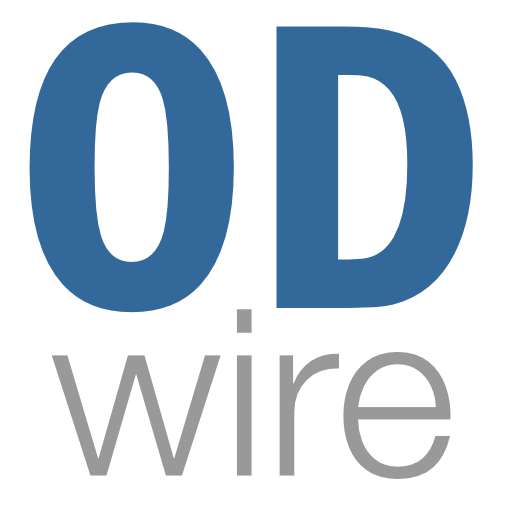- Feb 24, 2001
- 16,639
- 3,294
- 113
- School/Org
- University of Michigan Medical School
- City
- Lake Oswego
- State
- OR
Synopsis:
The XFRACTION (SM) process improves doctors’ diagnostic capabilities and helps them provide better visual solutions for their patients.
The OPD Scan III adds the ability to diagnose conditions that can’t be diagnosed without it, and speeds the diagnosis of those that don’t require it.
Combining the OPD Scan III with the Total Refracting System (TRS 5100) enables more rapid refractions from the starting point provided by the OPD, including quicker and more accurate demonstrations of the optical choices to arrive at the subjective endpoint, and allows for instantaneous, error-free transfer of data to the patient’s EMR.
The high-tech appearance, precision of lens selection, and more rapid examination format enhance the patient’s examination experience and provides a more ergonomically appropriate examination routine for the doctor.
In Part II of this talk, Drs. Gaddie & Morris take us through how XFRACTION improves diagnostic accuracy and efficiency, as well as some practice management aspects of using the process in your office.
They describe how it can also save you both chair time and space in the office, as it can take the place of several devices.
Last edited:




